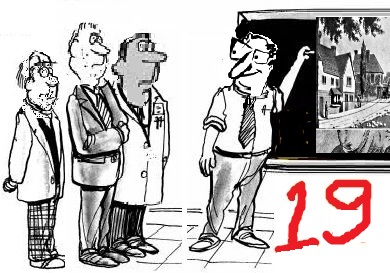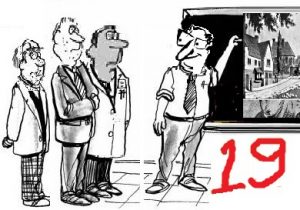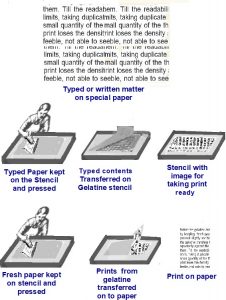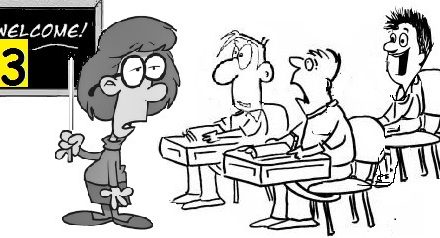
Guide to Printing Students- 19

Guide to printing students
-Few objective Questions and answers-

Written by : N.R. Jayaraman
Pre note:-
The articles are meant to help the students gain knowledge and effectively compete in the interviews and nothing else. Please note that these are not to be published by anyone for commercial purpose without the written permission from the author since the theme and illustrative examples have been compiled exclusively by the author for the benefit of the student community. THIS WILL BE PERIODICALLY PUBLISHED.
89) What is Hectographic process and who invented it ?
The first known Hectographic process emerged in the year 1880. Hecto means hundred. The process is basically similar to duplicating or copying process and work with Gelatin and Spirit combination. Many no of copies could be taken from one stencil or master made of gelatin spread in a tray.
This process was very simple. Using special strong colored aniline dyed ink or ribbon coated with the same dye, the text to be duplicated was either typed or hand written on a special paper coated with very thin layer of gelatin. After typing or writing the text on the special paper it was slightly moistened with spirit solution to ensure that the typed or hand written texts staying over the thin layer of gelatin can get struck to another surface if contacted and pressed. The moistened paper was pressed against thick layer of specially prepared partially hardened and wet gelatin flat cake already spread in a flat tray. The tray within which the gelatin was poured and allowed to moderately get hardened in the shape of a thick layer was held in all four sides by the walls of the tray to ensure that the gelatin layer do not get enlarged or change its size.
The hand written or typed material on the special gelatin coated paper when dampened with spirit solution and placed face down over the surface of the gelatin stencil and pressed till the the contents on the special paper gets transferred on to the gelatin stencil inside the tray. After few minutes, when the paper was taken out, the thick gelatin stencil in the form of a flat layer laid inside the tray would have completely absorbed the contents on to its surface from the special paper. Now the image will appear in reverse over the surface of the gelatin stencil.
Before the gelatin stencil inside the tray gets fully dried, the process of taking out duplicate copies begin by keeping fresh paper over the gelatin stencil and pressed slightly and evenly with a small hand roller or wooden block. While pressing, a small quantity of the ink impression from the gelatin surface gets transferred on to the paper. Fresh paper is placed one by one in repeat against the hardened gelatin stencil to get the image transferred on to them. Till the readability of the transferred image cross the acceptable limits, taking duplicate copies from the same gelatin stencil will be discontinued since a small quantity of the the ink absorbed by the hardened gelatin stencil released for each print loses the density at one point when the ink impression becomes too feeble, not able to see and read. Though taking duplicate copies by this process was intended to give hundred copies from the gelatin stencil, none has confirmed that hundred copies have been taken out from a single stencil of hardened gelatin spread in a tray. Remember that though the gelatin stencil inside the tray will look like hardened material, its top surface will remain moist to the extent that they release a very small quantity of the absorbed ink on to the surface of the paper pressed against its surface.

Prior to its invention, multiple copies required of the same subject matter running to several pages used to be completely hand written by the clerical staffs engaged for this purpose. Sometime in the 17th century a European named James Watt engaged in a private business, frustrated over rewriting the same lengthy texts, reportedly attempted to take duplicate copy by pressing slightly wet tissue papers against the hand written text material, written with slightly oily ink to get the duplicate print. His attempt succeed in getting a true version of duplicate copy on the tissue paper but the minus factor was that the duplicate copy could be read only from the reverse side when seen against the light. This led to further development till invention of Hectograph process emerged in UK during Victorian Era in the 18th century.
















Recent Comments